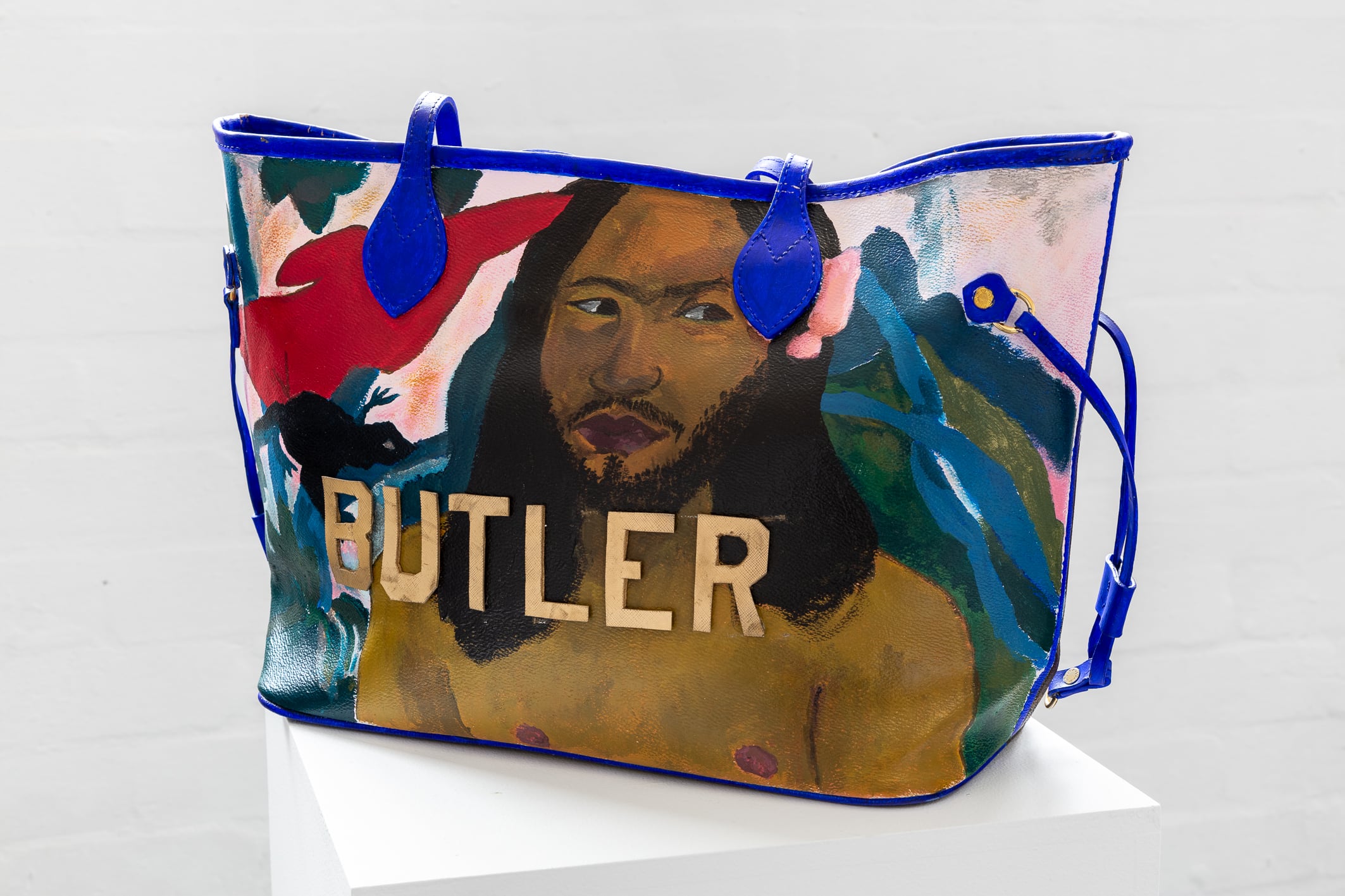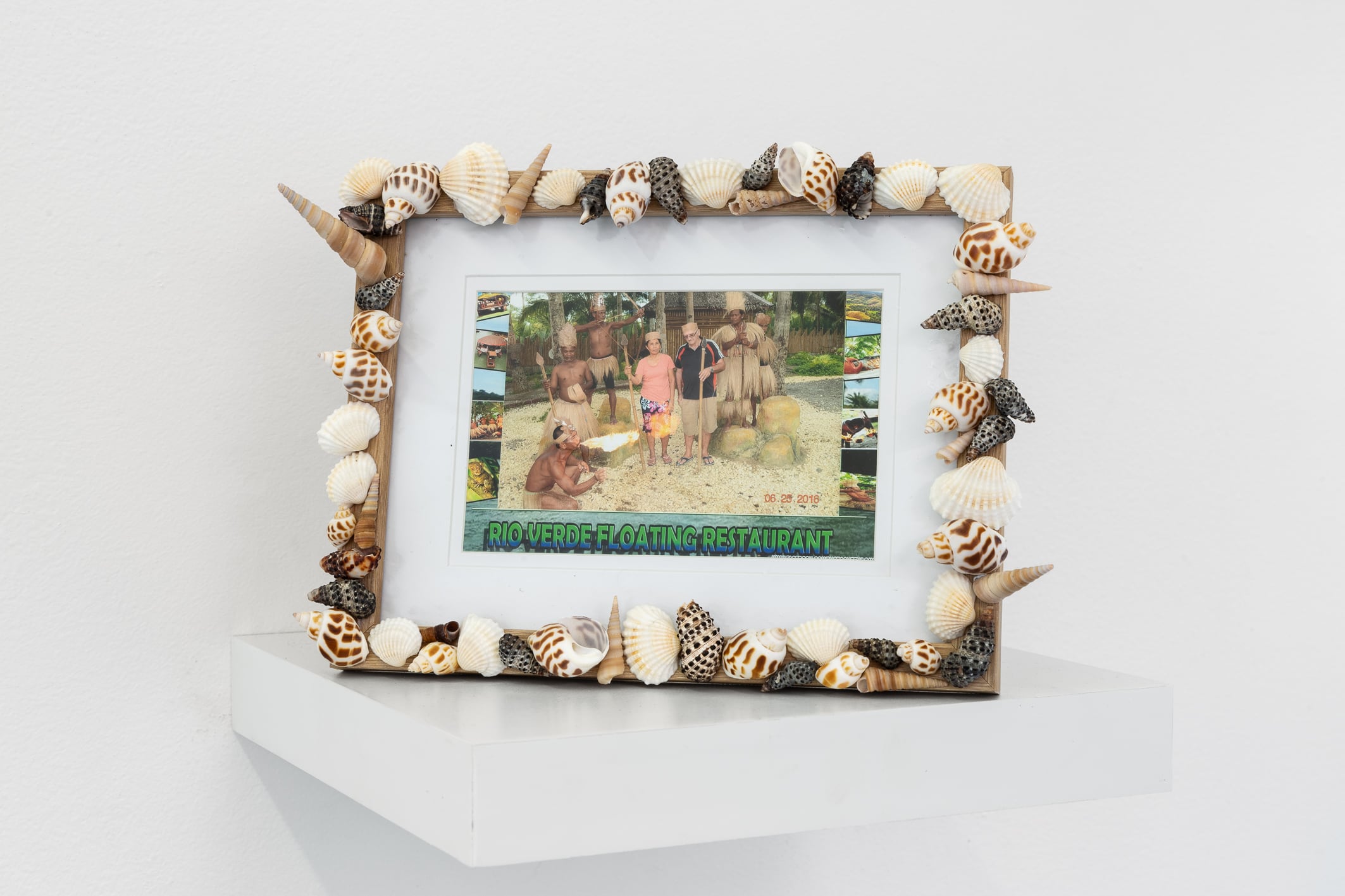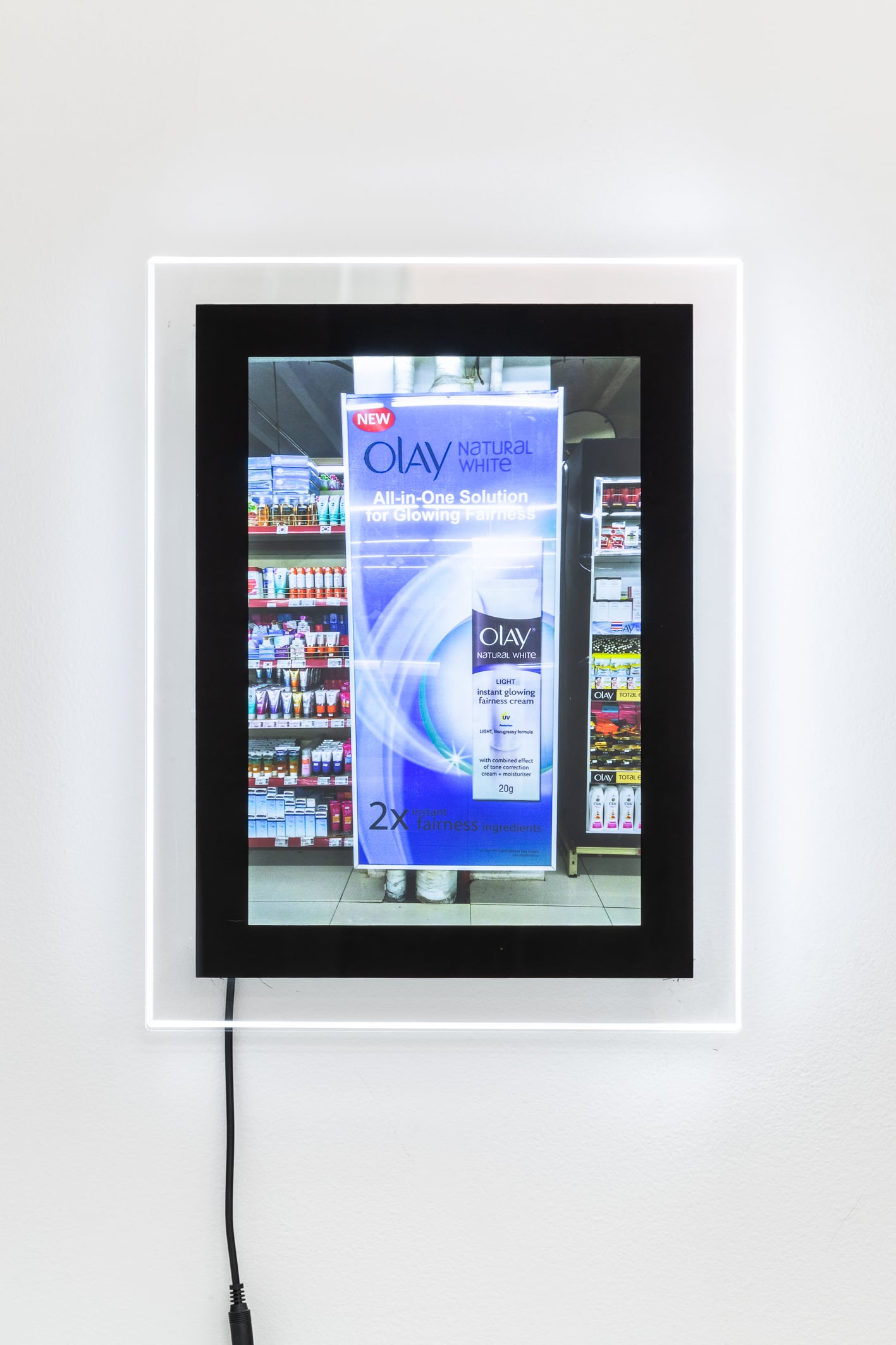




I suspect the art world thinks I’m ugly — maybe. This is not about a lack of swipes on Tinder or an unreturned call, it’s something else. Well, I’m just going to say it: the thing is, there’s a local photographer that did not approach me at an impressionable age to pose on camera (the caucasity, I know). Perhaps I’m being sensitive but in my mind I had everything: handsomeness, vulnerability, bisexuality and a student ID. While I’m disgruntled (why, oh why?), I still like to imagine there’s a naked picture of me in my (very) early twenties circulating in the rarefied art sphere. And it suddenly occurs to me that, aside from pictures taken during a residency in Asia, most of this photographer’s subjects appear to be white — like, really white. This makes me feel better; I guess we weren’t meant to be.
This recollection brings to mind the article Safe White Spaces, where Andy Butler talks about how Ross Coulter’s celebrated Audience (2013-2016) series happens to reflect the whiteness of the art world. Butler is also an artist and his first solo show, All-in-One Solution for Glowing Fairness at Bus Projects borrows ideals of beauty from the Philippines to question the fragility of the art world’s ‘PoC Revolution’. It deals with the disconnect between building a genuine connection to heritage and catering to a context that offers opportunities based on exoticism. The title of the show taps into this paradox, both mocking and subverting the ‘all in one fairness’ advertising slogan of Olay: Natural White. The works are partly inspired by Andy Butler’s recent Asialink residency to the Philippines, where he witnessed the performance of self by locals for tourists.
In All-in-One Solution for Glowing Fairness Butler uses found objects, video and sculpture to unpack his own pressure to perform as a hyphenated subject in Australia. Dominating the exhibition space is Use Twice Daily on Face and Neck (2019), a series of strip packages of Olay cream displayed on the exhibition space (which are oddly reminiscent of condoms), along with All-in-One Solution for Glowing Fairness (2019), an A4 light box bearing a photograph of the product being sold in a brightly lit aisle. There is also the video Live to your Potential (After Jeff Koons’s Balloon Dog) (2018), which shows the artist making dog balloons in front of a counterfeit Louis Vuitton bag called A Portrait of the Artist as Handbag (After “Gauguin” Handbag, The Masters Collection, Louis Vuitton x Jeff Koons) (2018), hilariously branded with tropical self portrait of the artist in acrylic. The smallest work in the show, Mother-land, Holiday at Home (Mum and Dad at floating restaurant, Baybay Village, Loay, Bohol) (2019), is in fact the most loaded, and perhaps the most personal. A photograph of the artist’s parents (Philippine mother and white Australian father) posing in a hyperbolically tribal setting, the caption reveals that it was shot in a floating Filipino restaurant called Rio Verde. It is framed with kitschy seashells.
There is sense of ‘cultural becoming’ permeating the exhibition — every form an act of mimicry without resolution. The brownness that fails to grasp whiteness, the pirated brand that misses the value of the original and the Australian that struggles to take hold of his Philippine heritage. Neither here nor there, the pieces stand like polluted souls in purgatory awaiting purification from heaven.
The other theme running through the show is the artist’s concern with art world politics, as read in 'Safe White Spaces', most explicitly articulated in Live to your Potential (After Jeff Koons’s Balloon Dog). The video shows the artist standing in a white cube where he is twisting balloons to resemble poodles. He is standing in the emptiness of the gallery like a clown with a tired, blank stare directed at the viewer. The materials and forms are an obvious reference to Jeff Koons and the consumption habits of the art world more widely—which is currently craving anything that is mildly exotic. The video shows how criticality becomes a circus in this milieu, an insular form of infantile entertainment.
Indeed, the pretence of worldliness and inclusion that surrounds the reception of works premised on difference is embarrassing indeed. This is because rather than acknowledging its superficiality, the art world adopts a posture of genuineness that is entirely comical. The photograph of the artist’s parents, Mother-land, Holiday at Home (Mum and Dad at floating restaurant, Baybay Village, Loay, Bohol) (2019), summarises this ridiculous mirage by foregrounding the performativity of ethnicity. The artist’s parents are seen awkwardly standing in the middle of five performers enacting the conventions of ethnographic photography. There’s fire, arrows, flesh, muscles and costuming, all designed to evoke the ‘tribal’ fantasies that have tantalised the Western imagination for centuries. This unassuming portrait contains the raw elements for a blockbuster artwork, which Butler, as an avid art critic, is painfully aware of.1 The formula is flawless, requiring an imagistic performance with: a sexy overlay (everyone is young, hip and dangerous), the diasporic artist foregrounded (dressed urban with an ethnic twist) as the main subject and anchor for Western identification, references that speak to the zeitgeist (emojis), all blown up to an impossible large scale. Instead of falling back on this predictable tactic, Butler asks us to register the perception of self as an asset in an economy of exoticism, consciously pointing at the rules rather than embracing them uncritically.
Diversity is indeed a buzzword that gets thrown at exhibitions like fusion buffets serving the wounds of history (a little bit of pain from here, topped with some sorrow from there). The path of the spicy artist is laden with promises of art fairs, biennales and museum shows at the expense of authenticity and integrity. Like a counterfeit bag, it requires makers to adopt the language of forgery and cheap mimicry to participate in the tax evasion strategies that are disguised as major exhibitions in the cultural industry. Butler’s show reminds me that becoming browner is in fact an exercise in whiteness, as these ideas are coded by dominant ideals. Participating in this showcase of otherness is similar to posting a half naked selfie in an exotic location with a caption that reads ‘felt cute might delete later’. The likes are ensured, but at what cost?
Diego Ramirez is an artist, writer and arts worker interested in terror as a response to the other.
